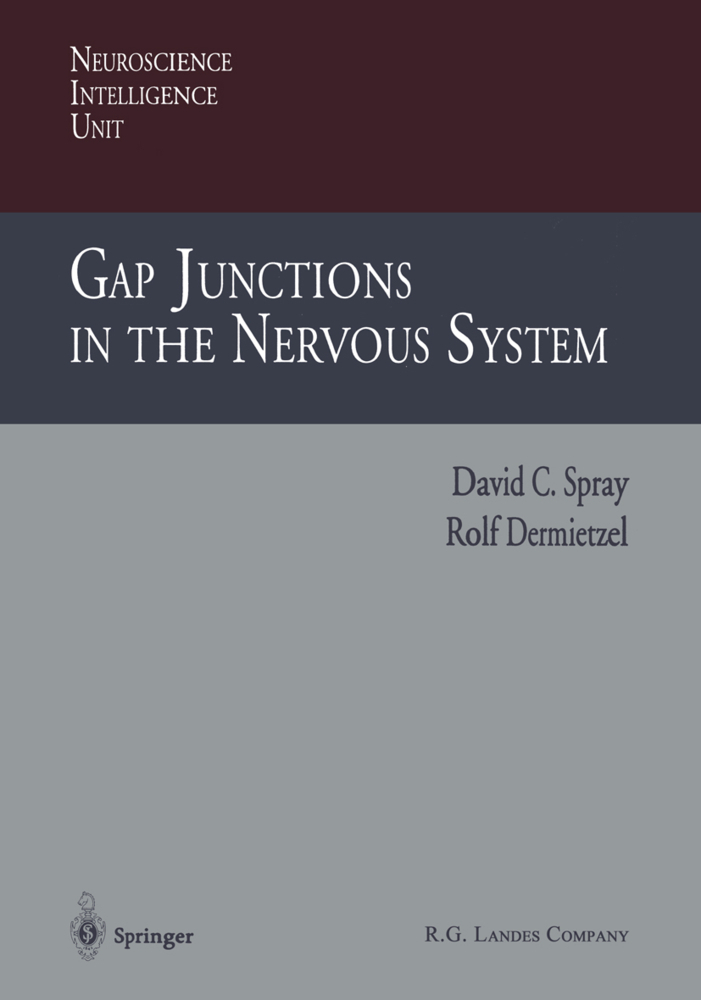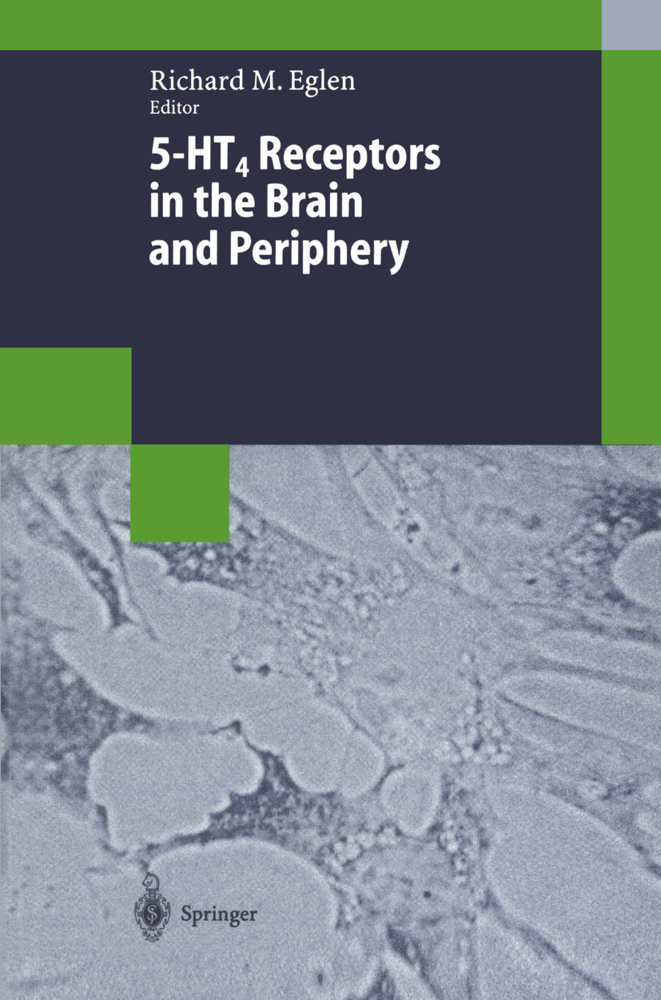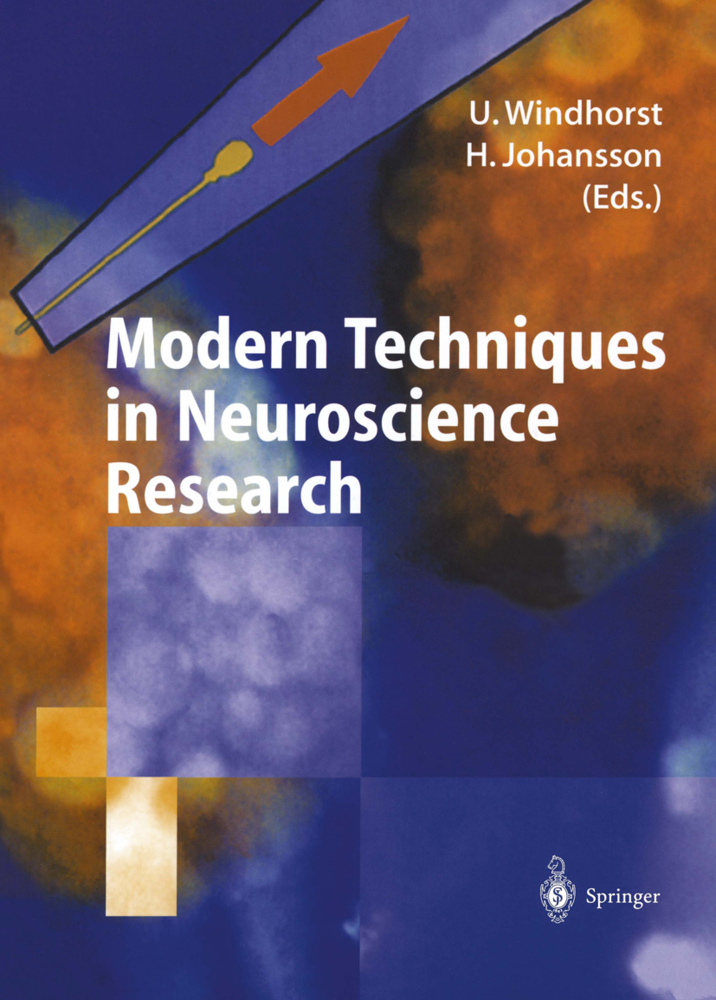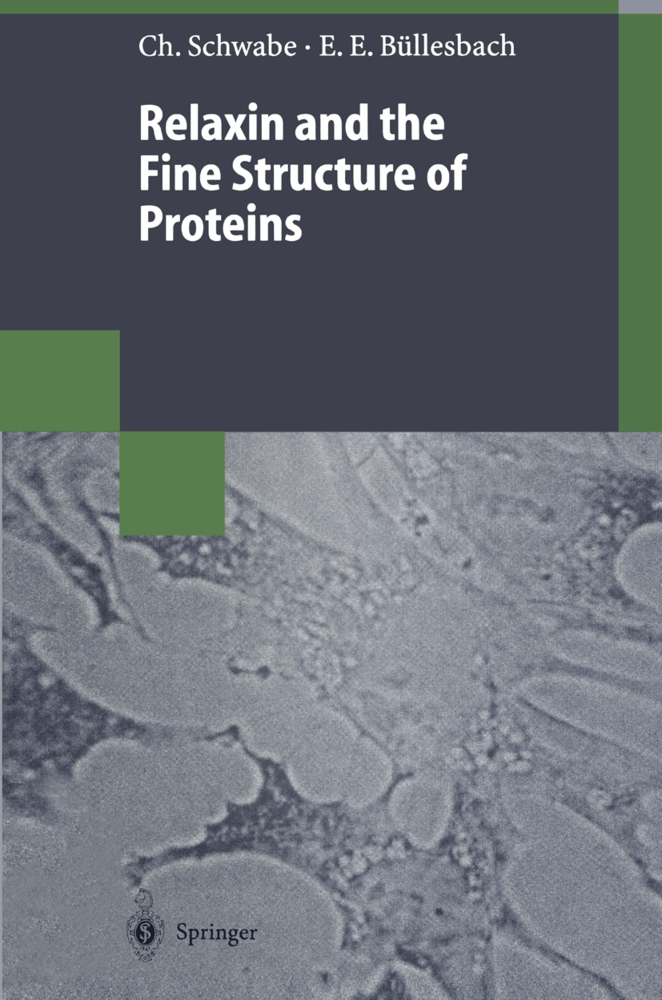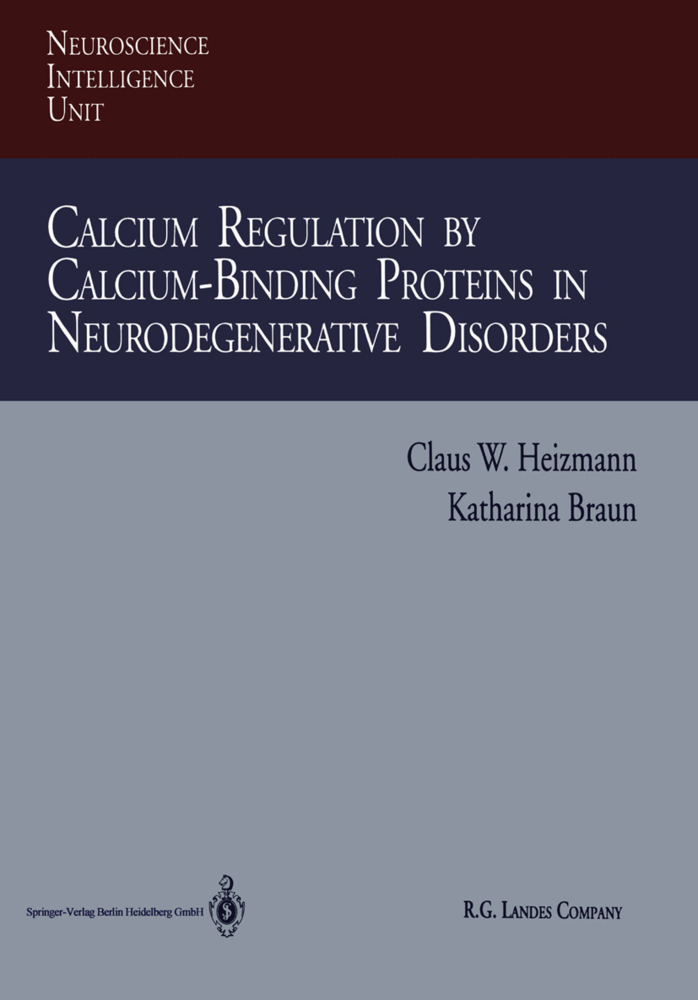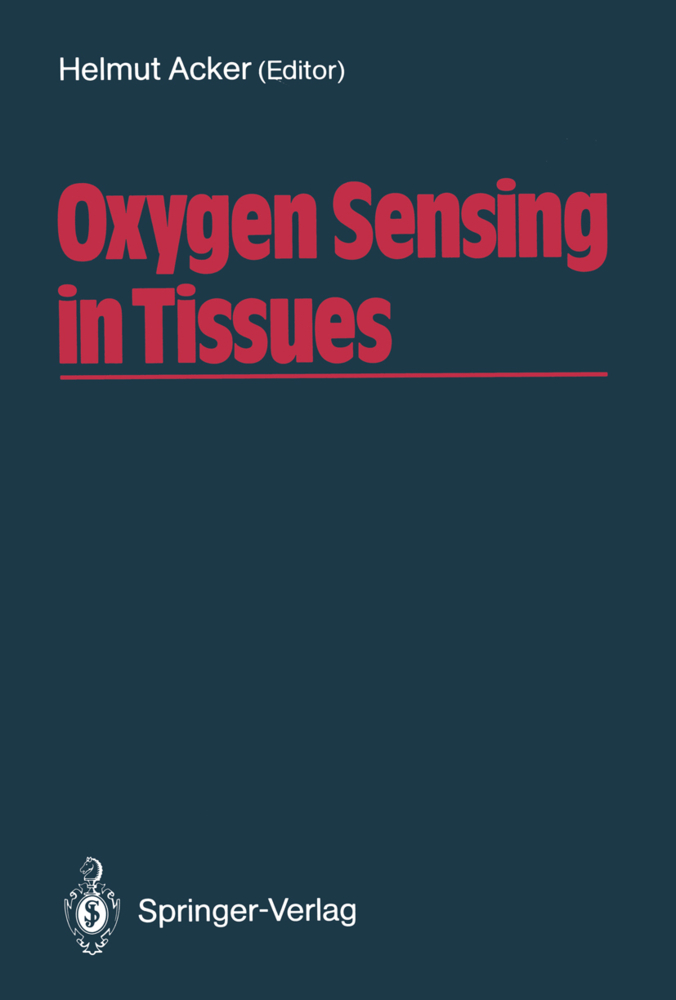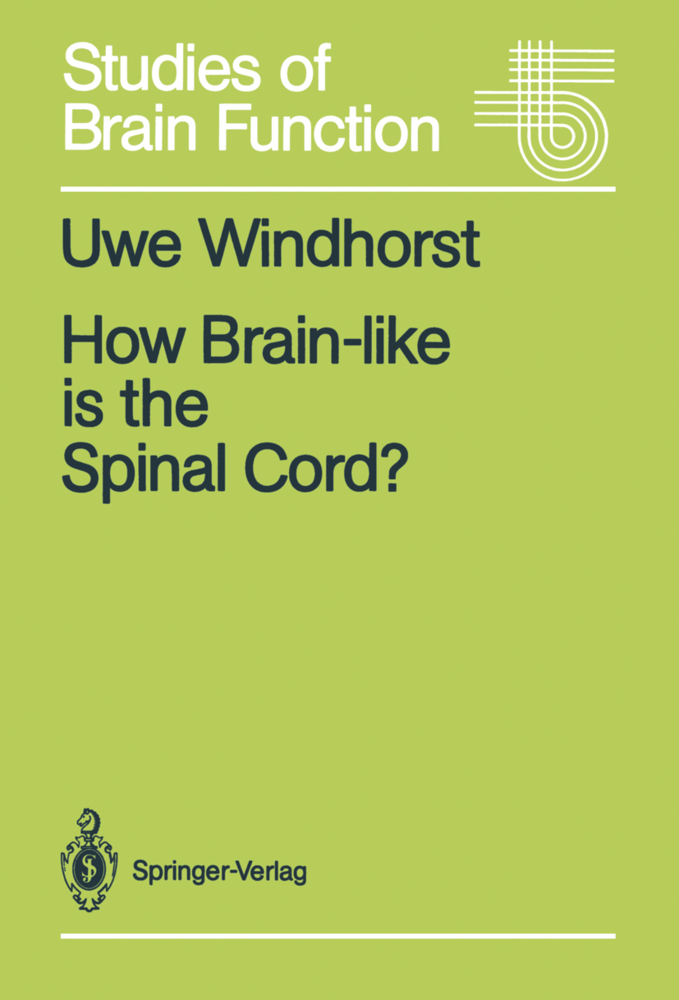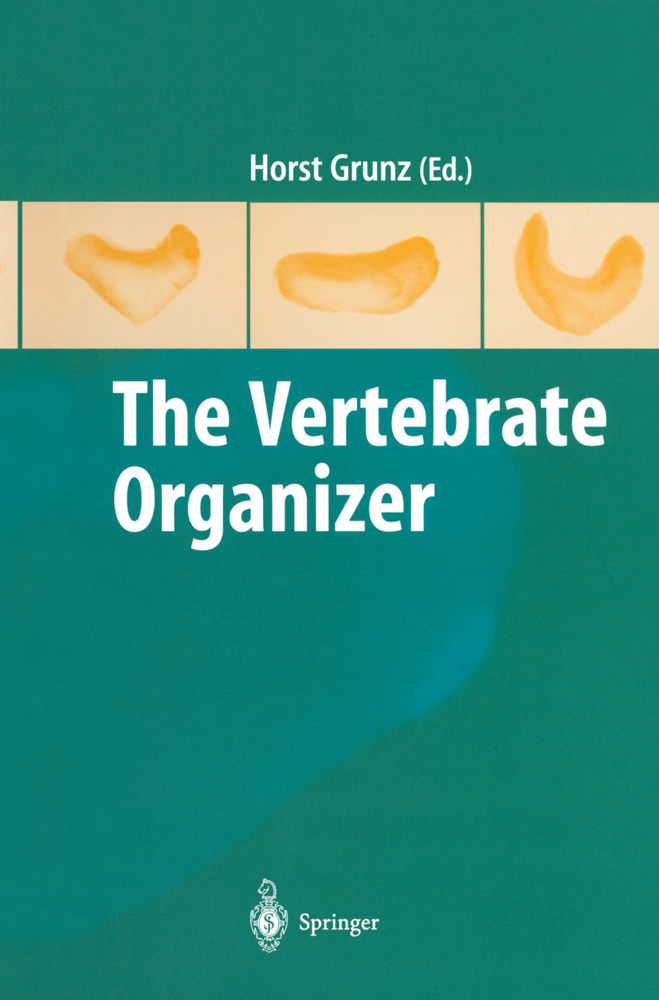Gap Junctions in the Nervous System
Gap Junctions in the Nervous System
A Cytoplasm Connexon or Hemichannel Cytoplasm external loop I - P. M. N-Termlnus Fig. 1. 1. Topology of gap junction channels. (A) Cap junction channels, extending from the cytoplasm of one cell to the cytoplasm of another, are formed by two connexons or hemichannels connected across extracellular space. (B) Each connexon is formed from six connexin subunits, each having four membrane-spanning domains and both amino and carboxyl termini within the cytoplasm. External/oops (I and II} are believed to provide the high affinity interactions between the hemichannels. 4 Gap }unctions in the Nervous System P-region of voltage sensitive nonjunctional molecules; these contributed disulfide 9 channels. And Delmar's group has ob bridges are presumably involved in intra tained evidence that intracellular acidifi connexin and inter-EL loop tertiary struc cation may result in a conformational ture. An old observation that should be change analogous to the ball and chain repeated stoichiometrically with modern techniques is that gap junction channels model of inactivation of voltage gated ionic can be split into connexons or hemi channels, whereby the carboxyl terminal channels using hyperosmotic disaccharide portion of connexin43 binds to CL, closing 23 solutions again implying that linkage is the channel. Higher order structure of the channel not covalent. is believed to consist of six connexins form ing the hemichannel or connexon in a 3.
3. Physiological Properties of Gap Junction Channels in the Nervous System
4. Gap Junctions as Electrical Synapses
5. Cell Coupling in the Retina
6. The Modulation of Gap Junction Permeability in the Retina
7. Modulation of Connexon Density in Gap Junctions of Fish Horizontal Cells
8. Characterization and Regulation of Gap Junction Channels in Cultured Astrocytes
9. Do Glial Gap Junctions Play a Role in Extracellular Ion Homeostasis?
10. Subcellular Topography and Plasticity of Gap Junction Distribution on Astrocytes
11. Effect of Gap Junctional Communication on Glioma Cell Function
12. Gap Junctional Communication in Mammalian Cortical Astrocytes: Development, Modifiability and Possible Functions
13. Connexin32 and X-Linked-Charcot-Marie-Tooth Disease
14. Regulation of Connexin Expression in Schwann Cells
15. Gap Junction Expression in the Olfactory System
16. Temporal Expression of Gap Junctions During Neuronal Ontogeny
17. Dendritic Gap Junctions in Developing Neocortex: A Possible Route for Wave-Like Propagation of Neuronal Activity
18. Electric Coupling in Epileptogenesis
19. Spreading Depression-A Gap Junction Mediated Event?.
1. Gap Junctions in the Nervous System: An Introduction
2. Molecular Diversity and Plasticity of Gap Junctions in the Nervous System3. Physiological Properties of Gap Junction Channels in the Nervous System
4. Gap Junctions as Electrical Synapses
5. Cell Coupling in the Retina
6. The Modulation of Gap Junction Permeability in the Retina
7. Modulation of Connexon Density in Gap Junctions of Fish Horizontal Cells
8. Characterization and Regulation of Gap Junction Channels in Cultured Astrocytes
9. Do Glial Gap Junctions Play a Role in Extracellular Ion Homeostasis?
10. Subcellular Topography and Plasticity of Gap Junction Distribution on Astrocytes
11. Effect of Gap Junctional Communication on Glioma Cell Function
12. Gap Junctional Communication in Mammalian Cortical Astrocytes: Development, Modifiability and Possible Functions
13. Connexin32 and X-Linked-Charcot-Marie-Tooth Disease
14. Regulation of Connexin Expression in Schwann Cells
15. Gap Junction Expression in the Olfactory System
16. Temporal Expression of Gap Junctions During Neuronal Ontogeny
17. Dendritic Gap Junctions in Developing Neocortex: A Possible Route for Wave-Like Propagation of Neuronal Activity
18. Electric Coupling in Epileptogenesis
19. Spreading Depression-A Gap Junction Mediated Event?.
Spray, David C.
Dermietzel, Rolf
| ISBN | 978-3-662-21937-9 |
|---|---|
| Artikelnummer | 9783662219379 |
| Medientyp | Buch |
| Auflage | Softcover reprint of the original 1st ed. 1996 |
| Copyrightjahr | 2013 |
| Verlag | Springer, Berlin |
| Umfang | XV, 317 Seiten |
| Abbildungen | XV, 317 p. 176 illus. |
| Sprache | Englisch |

